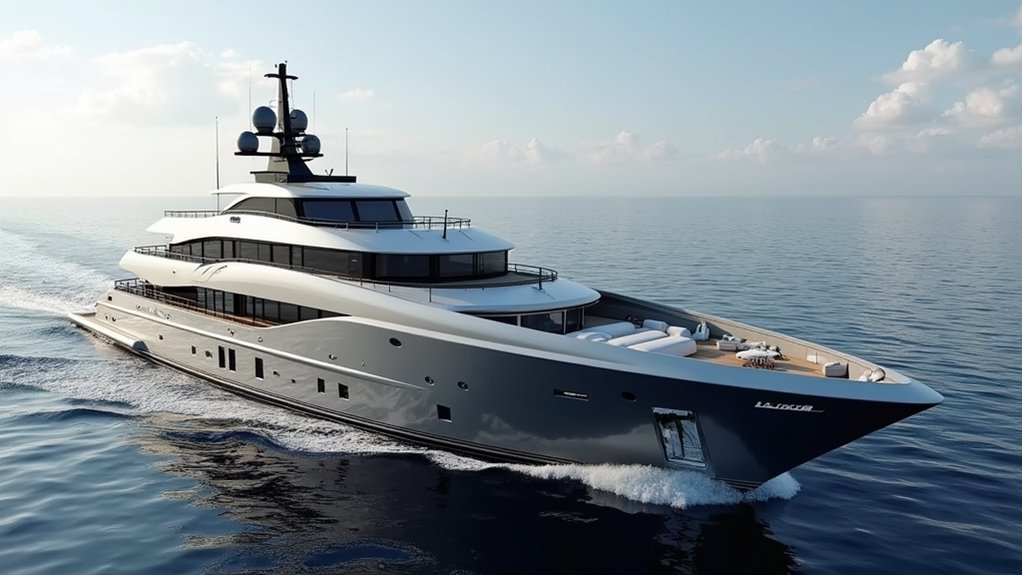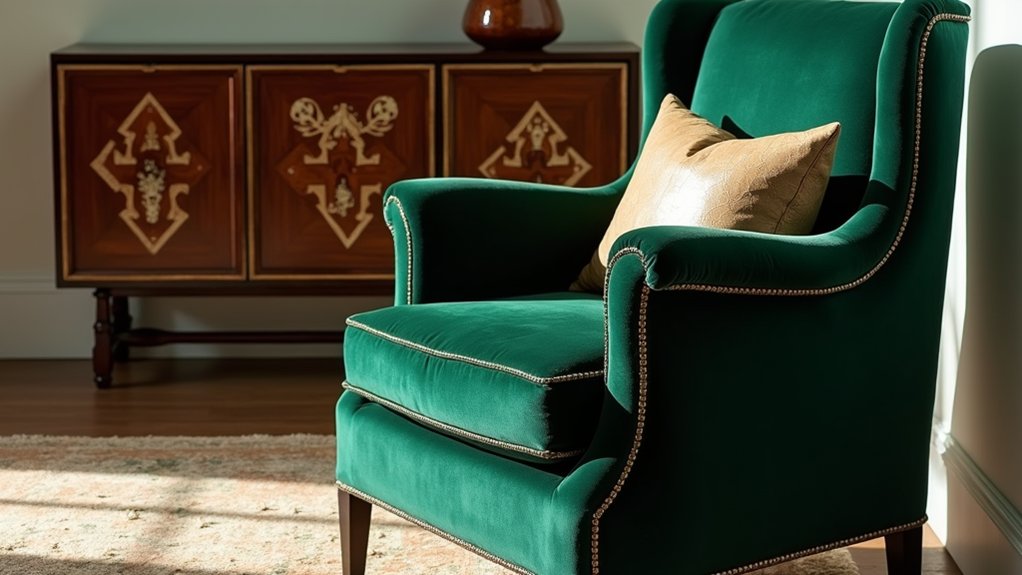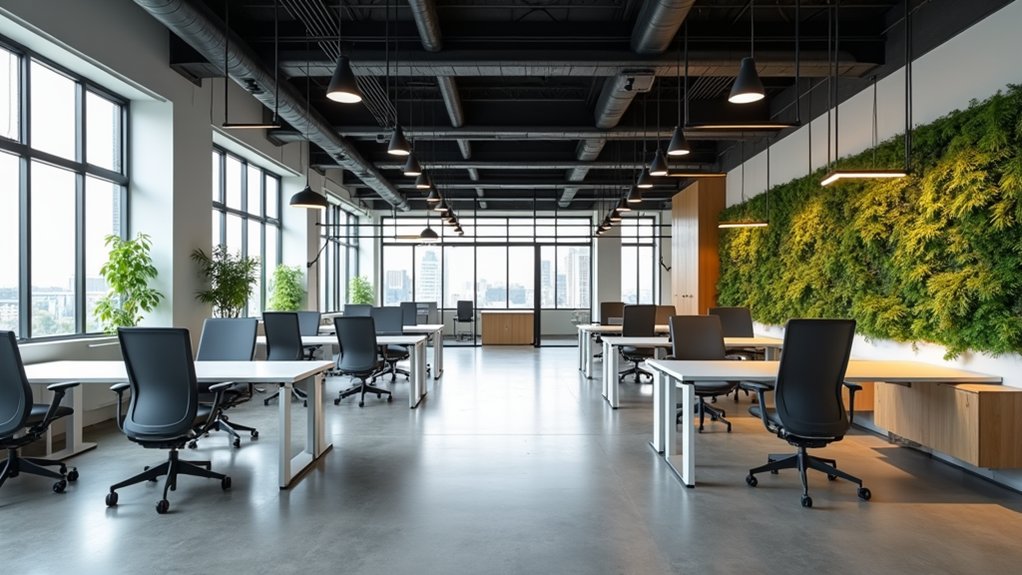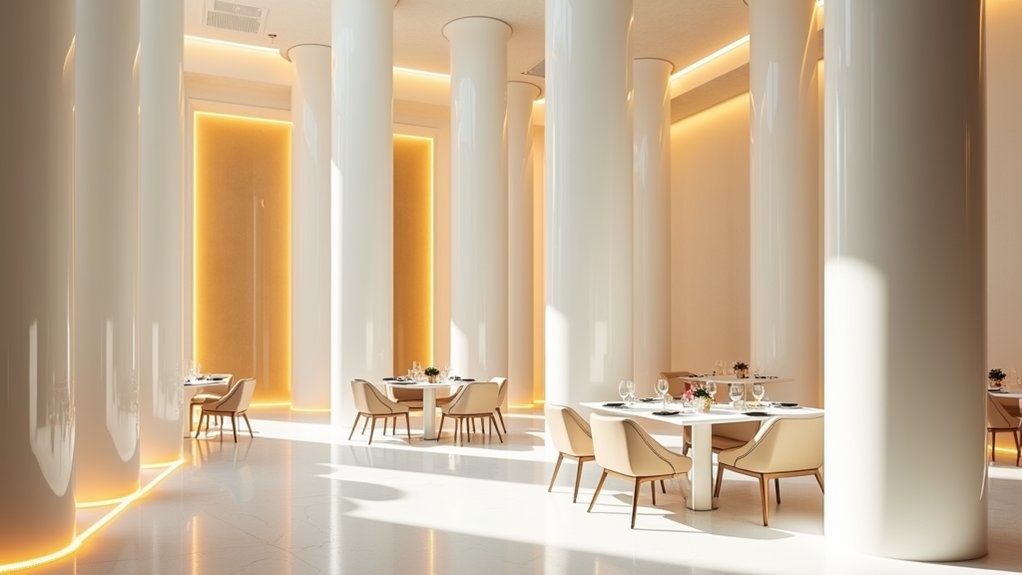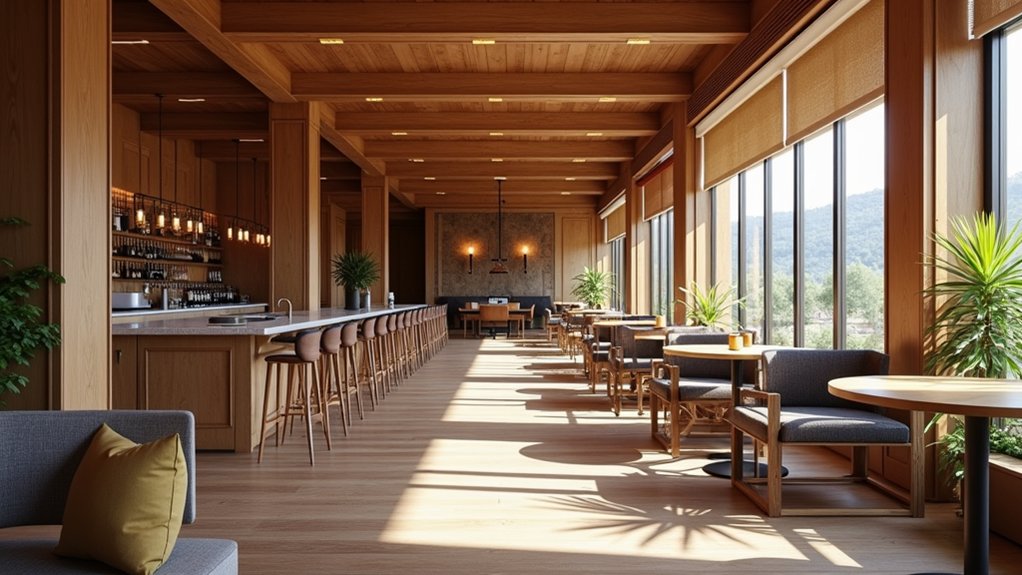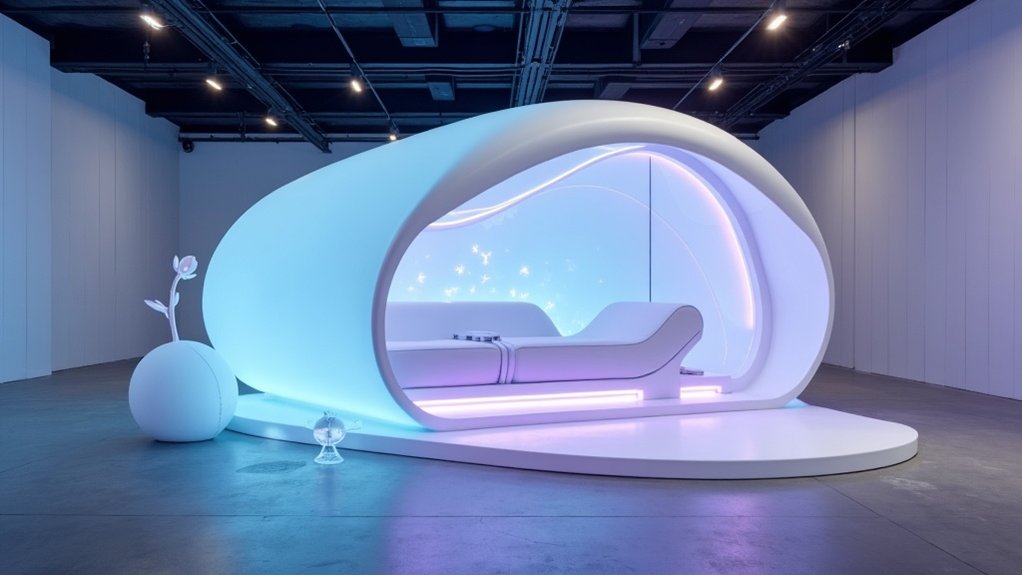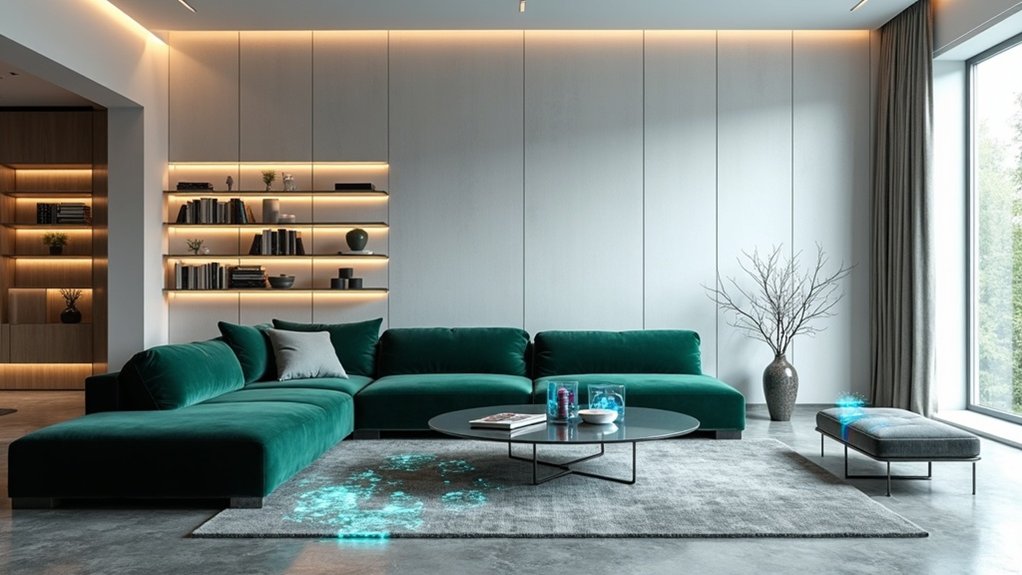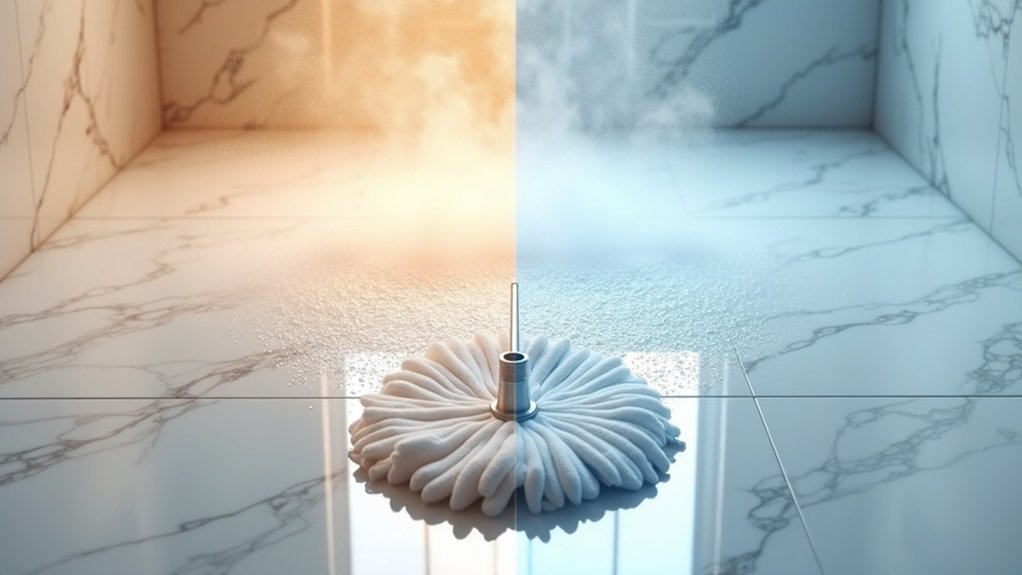As organizations continue to reimagine the future of work, the design environment for 2025 is poised to undergo a remarkable transformation that prioritizes human-centric, sustainable, and technologically integrated spaces. The traditional office layout is evolving into dynamic collaboration hubs, where flexible desk options and task-based zones support both focused work and team activities. Local identity and cultural elements are increasingly woven into office designs to create authentic connections with their surroundings.
Improved digital scheduling systems and mobile apps guarantee efficient space utilization, while AI-driven environments automate vital functions to reduce technostress. Nearly half of companies have already implemented special events to encourage employees back to physical spaces.
The integration of smart technology extends beyond basic automation, with data analytics playing a significant role in optimizing workspace effectiveness. "Data-informed design decisions are revolutionizing how we create and manage office spaces," notes workplace strategist Dr. Sarah Chen. "These insights allow us to build environments that genuinely support employee needs while maximizing operational efficiency." Additionally, the incorporation of biophilic design elements promotes well-being through natural materials and greenery.
The shift toward paperless operations and seamless virtual collaboration tools further supports this tech-forward approach.
Sustainability stands at the forefront of 2025's design philosophy, with organizations investing heavily in eco-conscious solutions. The emphasis on green materials, energy-efficient systems, and adaptive reuse of existing structures reflects a growing commitment to environmental responsibility.
Biophilic elements, including living walls and natural materials, are being incorporated not just for aesthetic appeal but as key components of employee well-being.
The workspace of 2025 incorporates modularity and flexibility as core design principles. Moveable partitions, multifunctional furniture, and adaptable storage solutions facilitate rapid reconfiguration to accommodate evolving team needs.
Quiet zones and focus pods provide vital alternatives to collaborative spaces, creating a balanced environment that supports diverse work styles.
Perhaps most significantly, the future workplace prioritizes the human experience above all. Design choices are increasingly driven by employee feedback and preferences, creating environments that cultivate community and belonging.
From wellness rooms and relaxation areas to social hubs and casual meeting spaces, every element is carefully curated to improve engagement and satisfaction. This comprehensive approach to workplace design reflects a deeper understanding that successful organizations must create spaces that support both productivity and personal well-being.
